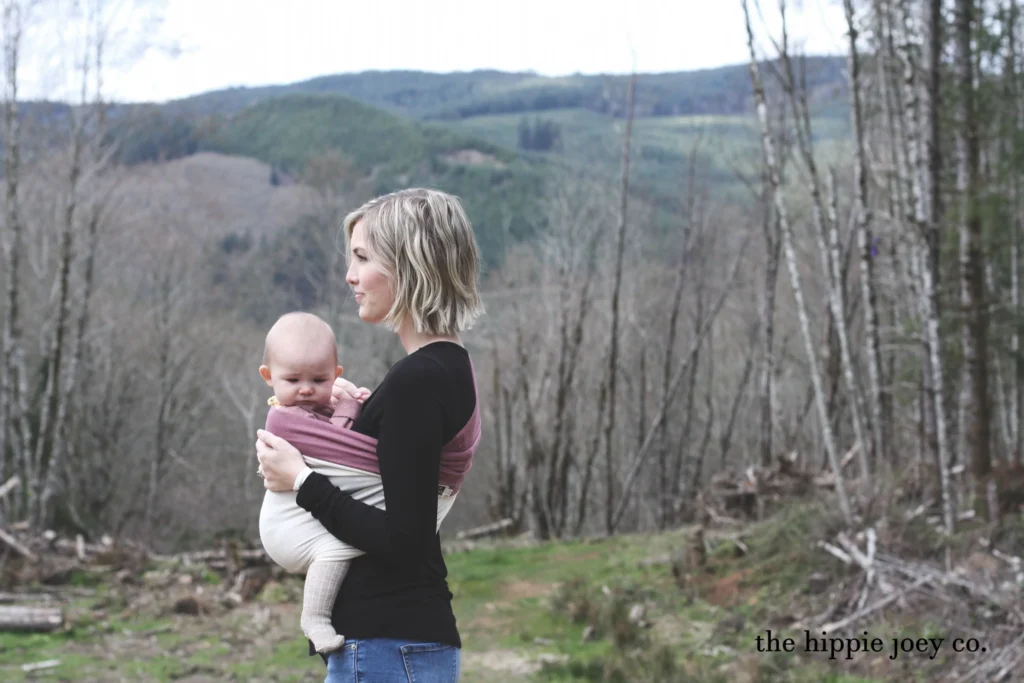Throughout history, parents have sought innovative ways to keep their babies close and secure while carrying out their daily tasks. One such solution that has stood the test of time is the baby sling. In this blog post, we will delve into the rich history of baby slings, exploring their origins, their cultural significance, and how they have evolved into the modern-day baby carrier wraps we know today.
The Ancient Roots of Baby Slings
Centuries ago, in civilizations across the globe, parents recognized the practicality and comfort of using baby slings to carry their little ones. From ancient Egypt to the Inca civilization, evidence of babywearing can be found in historical artifacts and artwork. These early iterations of baby slings were often made from natural materials like linen, cotton, or animal hides, providing a soft and secure cocoon for the baby. The use of baby slings was not only functional but also culturally significant, symbolizing the bond between parent and child.
Baby Slings in Traditional Cultures
In various traditional cultures, baby slings played a vital role in the day-to-day lives of caregivers. For example, in African and Asian communities, baby slings were commonly used to keep infants close while allowing parents to engage in agricultural work or household chores. These traditional baby slings were expertly woven and beautifully adorned, reflecting the cultural heritage of the community. The practice of babywearing in these cultures fostered a sense of intimacy and connection between parents and their little ones.
Evolution and Innovation
As time progressed, so did the design and functionality of baby slings. In the early 20th century, the introduction of adjustable straps and buckles revolutionized the baby carrier industry, providing caregivers with more flexibility and ease of use. With the advancements in textile manufacturing, materials such as breathable mesh fabrics and organic cotton became popular choices for baby slings, ensuring comfort and safety for both parent and child. The advent of modern baby wraps further expanded the options available, allowing parents to customize the fit and positioning according to their preferences.
Baby Slings in the Modern Era
In recent years, the popularity of baby slings has soared, as more parents recognize the numerous benefits they offer. Baby slings provide a hands-free solution, enabling parents to multitask while keeping their little one close. The ergonomic design of modern baby slings ensures proper support for the baby’s developing spine and promotes healthy hip positioning. Additionally, baby slings foster a deep sense of bonding and attachment between parent and child, as the baby feels the parent’s warmth, heartbeat, and soothing presence.
The Future of Baby Slings
As we move forward, the future of baby slings looks promising. Manufacturers continue to innovate, incorporating features like moisture-wicking fabrics and adjustable carrying positions to cater to the diverse needs of modern parents. Furthermore, the growing emphasis on sustainability and eco-conscious parenting has led to the rise of eco-friendly baby slings made from recycled materials or organic fibers. With increased awareness and education surrounding safe babywearing practices, baby slings are poised to remain a cherished accessory for parents worldwide.
Conclusion
From their ancient roots to the present day, baby slings have journeyed through time, transcending cultures and generations. As we reflect on the history of baby slings, we appreciate their role in nurturing parent-child bonds and providing a practical solution for caregivers. Whether it’s a traditional woven wrap or a modern adjustable carrier, baby slings continue to evolve and adapt to meet the needs of contemporary parents. So, let us celebrate the rich history of baby slings and embrace the joy of keeping our little ones close.
